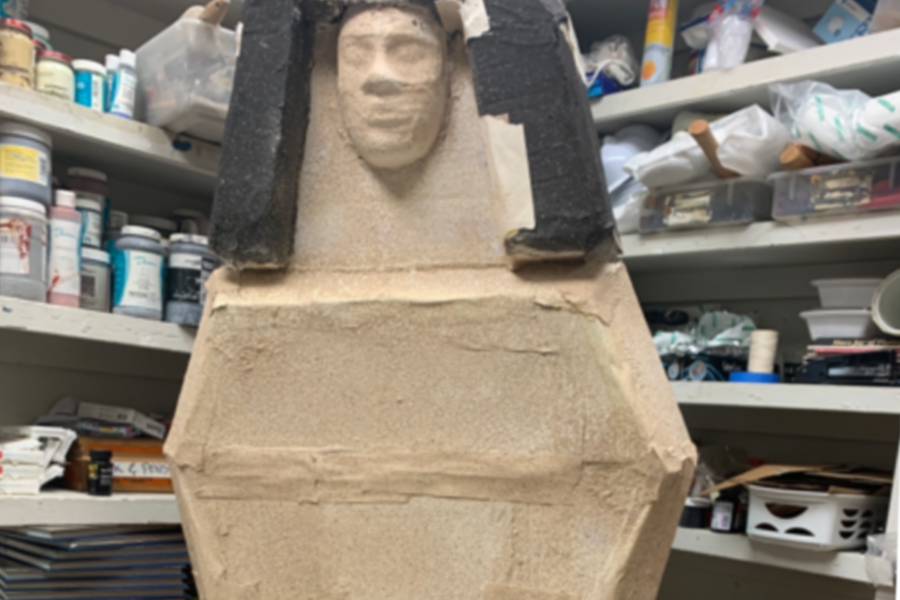Is the school dress code sexist? Opinions vary
October 15, 2021
A mother in Tennessee has sent an email to her daughter’s school, claiming that the dress code is sexist towards girls.
Her email read, “As the parent of a daughter at East Hamilton, I find the school’s dress code policy to be misogynistic and detrimental to the self-esteem of young women,” she wrote. “Rather than shaming young women into covering their shoulders (and other parts of their body), I believe we should empower female students to have agency over their own bodies and to wear clothing that is comfortable for them and contributes to their ability to enhance their learning experience.”
The mother said the school’s dress code interferes with her attempts to raise her daughter to be a “strong and empowered woman.” Increasingly, parents have argued that the dress code is sexist towards the girls specifically, not the boys.
However, Assistant Principal Catherine Halbuer said the dress code is not “sexist” but rather that there are more opportunities for the female students to not be compliant.
“The dress code was devised with parents, students and the school board committee,” she said. “West Shore, when it was formed, had a committee consisting of students, parents and the community that had made stricter rules for West Shore. It is a reflection of the values of the students of the school. It was last year that Principal [Rick] Fleming revisited the student council about hair color, but nothing changed.”
Halbuer said students’ concerns are heard, but some rules are enforced to ensure their safety and well-being. However, she also said dress code rules are different for different counties and schools. West Shore has attempted to change certain rules such as the non-natural hair colors.
According to the Florida’s Department of Education dress code, some basic rules are fingertip dresses, skirts, and shorts, no cleavage, no spaghetti straps, no tight clothing or night wear, no holes or rips above fingertips, open toed shoes are only allowed if the shoes fit securely, no suggestive accessories, and no sunglasses or hats unless for religious reason.
West Shore’s dress code is fairly similar to the state’s, stating modesty and safety are observed in clothing, length and fit must be appropriate, garments make no inappropriate suggestion to drugs, alcohol, sexual conduct, etc., no sunglasses unless outdoors, piercings are limited to the ears, waist level pants and no extreme hair styles or colors.
While both dress codes consist of the same basic regulations, West Shore’s has certain exceptions for circumstances for weather or occasions such as Spirit Week. But students still have mixed opinions on the equality of the dress code, because it is enforce more for for girls than for boys.
“An interesting fact is, just two weeks ago we had to dress code a boy,” Halbuer said. “The marketing influence is just stronger for girls, there is just more of a variety for females to choose from.”
By Anna Burton



















































